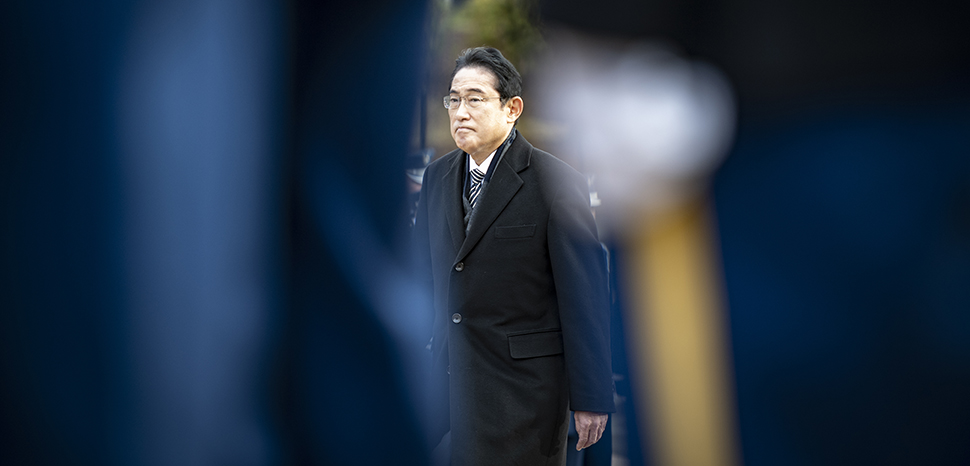Mark Soo

On April 5, 2023, the Japanese government announced that it has established the Official Security Assistance (OSA) framework to provide assistance for militaries and other related organizations of friendly (developing) countries, an initiative that is partially based on Tokyo’s experience in providing Official Development Assistance (ODA). The new framework is taken from the National Security Strategy (NSS) paper released on December 16, 2022, which states that OSA will improve “defense capabilities as well as enhance the security and deterrence capabilities of like-minded countries in order to prevent unilateral attempts to change the status quo by force, ensure the peace and stability of the Indo-Pacific region in particular, and create a security environment desirable for Japan”. The paper also states that Japan will provide the necessary military-based materials and equipment to strengthen the country’s various security requirements. Chief Cabinet Secretary Hirokazu Matsuno stated that countries to be considered for OSA assistance include Bangladesh, Fiji, Malaysia, and the Philippines.
However, Japan will have a long road in implementing OSA effectively, as both Japan and the OSA recipients will need to abide by the rules of the Three Principles on Defense Equipment Transfers. Japan will also face stiff competition from other countries that have provided similar military aid packages to various Indo-Pacific countries.
Under the Three Principles on Defense Equipment Transfers, military hardware will be provided for areas not related to international conflict. This means that Japan will expect OSA recipients to follow through with the conditions of using them in activities related to ensure peace and stability. This also includes not sending any material to countries that are under arms sanctions under the United Nations (UN) or certain states. Examples of these stability activities include counter-terrorism, anti-piracy, search and rescue (SAR) and peacekeeping operations. The Japanese Ministry of Foreign Affairs (MOFA) also said that policies being put into place to ensure OSA packages are implemented properly include transparency on what type of aid Japan will provide and strict guidelines on not transferring any military hardware to third parties and the prevention of extra-purpose use.
Another area of concern is the competition Japan faces with other countries that have provided similar military aid packages in the past. One reason why developing countries may be reluctant to purchase Japanese military equipment is due to the high costs. This is why they would consider other countries that can provides arms and military vehicles through financing, discounted prices or sometimes for free. For example, China provided military assistance to the Philippines in December 2016 for free alongside a $500 million long-term soft loan. On May 29, 2022, the United States Embassy in Fiji donated four vehicles worth around $224,000 to Republic of Fiji Military Forces (RFMF) as part of a Global Peace Operations Initiative (GPOI) package that includes 11 vehicles, two forklifts, and four generators.
An ideal solution would be the defense (credit) line that Tokyo announced will be used as part of OSA. It should be made flexible, according to the security demands that a certain country has or may need in the future. An announcement was made that this line will be provided, so long as lethal military hardware is not purchased. The high cost of Japanese military hardware is also being considered after OSA was announced. But there seems to be promise on this area. On March 20, 2023, Kawasaki Heavy Industries Global Aerospace Defense Business Manager Jun Tomiyama said in an interview that KHI will lower production costs in response to concerns raised by the Japanese Ministry of Defense and potential export customers of the C-2 aircraft. He did not specify on the details, but it appears to be a good start that at least the issue is being addressed.
Japan’s announcement to provide OSA assistance, while useful in strengthening military and security ties with developing countries, is bound to get off to a rocky start. Not only does Japan have to follow its own rules, which could limit how the recipients use any Japanese-made military hardware. The pricing for Japanese military hardware is also another concern since not all developing countries may have the financial capacity to purchase them, even if they want to. More solutions will be needed to lower the financial risk for OSA recipients to acquire Japanese military hardware. But as for not allowing the purchase of said hardware in an international conflict, it remains to be seen if this can continue to be upheld if and when the international security environment continues to change.
The views expressed in this article belong to the authors alone and do not necessarily reflect those of Geopoliticalmonitor.com.
No comments:
Post a Comment